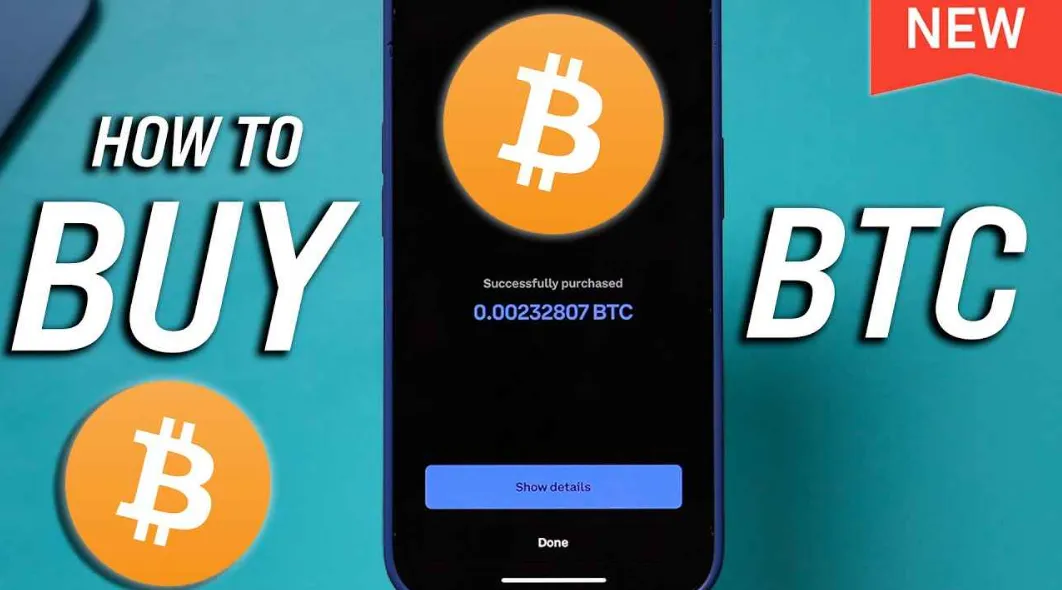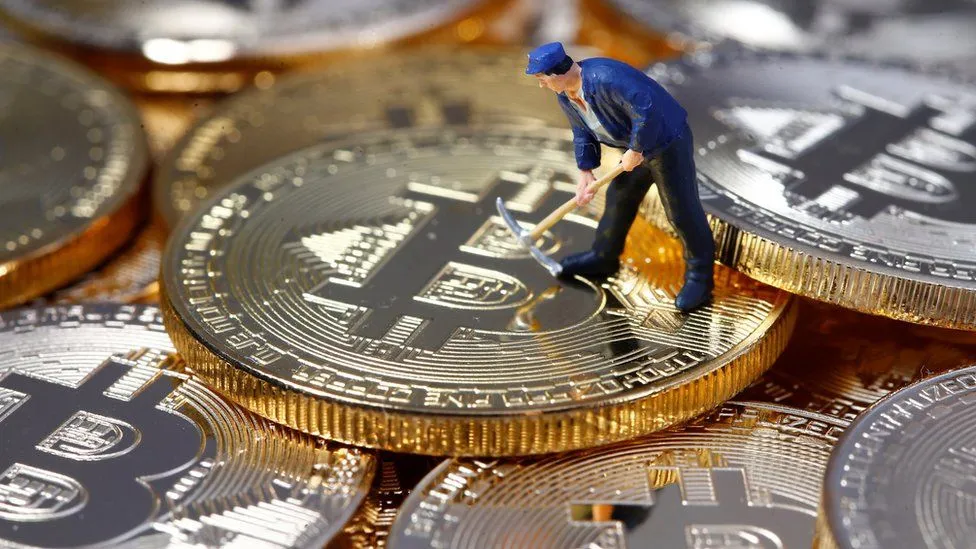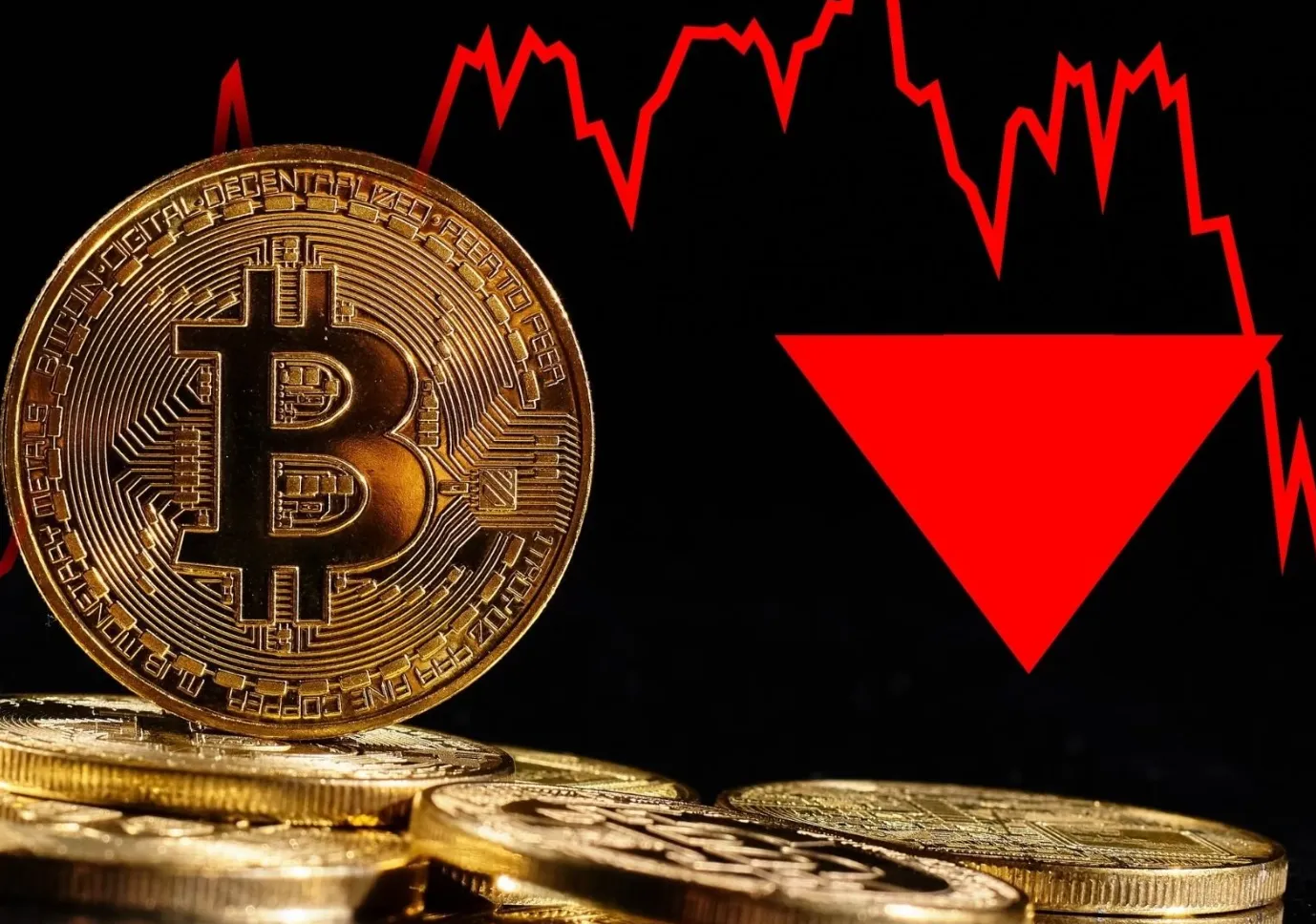How to Buy Bitcoin?
Buying Bitcoin (BTC) on cryptocurrency exchanges
You can purchase Bitcoin on various cryptocurrency exchanges. There are two types of exchanges: decentralized exchanges (DEX) and centralized exchanges (CEX), and there’s also over-the-counter (OTC) trading.
Centralized Exchanges (CEX): Binance, Huobi, Coinbase, OKX, Bybit, and others. To trade on CEX, you need to register and complete Know Your Customer (KYC) verification, then deposit funds to buy BTC.
Decentralized Exchanges (DEX): Uniswap, Pancakeswap, Curve, and others. To trade on DEX, you need a non-custodial wallet; the exchange does not hold your assets after the
Buying Bitcoin (BTC) through a Bitcoin ATM
A Bitcoin ATM is an internet-enabled machine that allows users to exchange Bitcoin for cash and vice versa. Bitcoin ATM service providers may require users to provide relevant information to complete transactions on the machine.
Bitcoin ATMs are different from traditional ATMs as they do not connect to bank accounts, and users can exchange Bitcoin directly for cash. Some Bitcoin ATMs are two-way, allowing users to either withdraw Bitcoin or cash.
Storing Bitcoin (BTC)
Most centralized exchanges (CEX) support buying and selling Bitcoin, so you can also store Bitcoin on the exchange. However, for investors with significant assets, storing on an exchange is not advisable.
The case of FTX’s collapse is the biggest example of the risks associated with storing assets on an exchange. Therefore, it’s recommended to store your assets in non-custodial wallets for full control over your assets.
If you choose to keep assets on an exchange for convenient trading, opt for reputable and large exchanges like Binance, Bybit, Coinbase, OKX, etc.
Bitcoin Storage Wallet
To store Bitcoin, users need to prepare a Bitcoin wallet. This article will focus on non-custodial wallets, which are the safest type of wallet for investors to have full control over their assets.
Each Bitcoin wallet will include:
A public address (similar to an account number and owner’s name), called the Bitcoin Address.
A private key (similar to the password for an internet banking account), either known as the Private Key or Passphrase.
However, the key difference between a non-custodial wallet and a wallet managed by an exchange or financial institution is that a non-custodial wallet cannot recover the Private Key or Passphrase. Therefore, users must carefully store their private keys and not disclose them to anyone, even if it’s a support entity helping you set up a wallet like Metamask, Trust, SafePal, etc.
To receive Bitcoin from others, you only need to provide them with your public address (similar to a bank account number). To send Bitcoin to others, you need to access your wallet.
Ways to Profit from Bitcoin
As mentioned earlier, many people consider Bitcoin as an investment channel similar to stocks or Forex. Here are some ways to profit from Bitcoin:
Bitcoin Mining
Bitcoin mining involves becoming a node in the Bitcoin network, essentially making you a miner. Miners use specialized mining equipment to solve complex mathematical problems and receive mining rewards. These rewards come from two sources:
Transaction fees paid by users to the network: When users conduct transactions, they pay fees, and miners earn a portion of these fees.
Block rewards from the Bitcoin network: Block rewards gradually decrease and will continue to do so until 2140.
Satoshi Nakamoto’s vision was that block rewards would serve as an incentive to attract initial users and miners to operate the Bitcoin network. As Bitcoin becomes more robust, has a community, and its value increases, the Bitcoin network is expected to operate on transaction fees alone, without the need for block rewards.
Buy and Hold Bitcoin (HODL)
Buying and holding, often referred to as “HODLing,” is the simplest form of Bitcoin investment. It involves purchasing Bitcoin on an exchange and holding it for an extended period. However, it can also be one of the most challenging forms of investment because it requires strong faith in Bitcoin and a high level of patience.
Essentially, HODLing Bitcoin means users buy Bitcoin at a low price and hold onto it for an extended period, waiting for the price to increase before selling to make a profit. Decisions to buy or sell are typically based on fundamental analysis, assessing and predicting the project’s future prospects, rather than relying heavily on technical analysis (or very little reliance on it).
>>> Characteristics of Bitcoin, What You Need To Know
Risks Associated with Holding Bitcoin That Investors Should Be Aware Of
In addition to the benefits that investors can potentially gain from holding, buying, selling, or trading Bitcoin, they should also be aware of various risks, including:
Market Risks
Not limited to Bitcoin, the cryptocurrency market is characterized by high price volatility. Therefore, investors should only invest capital they can afford to lose to minimize risk. Bitcoin has a history of price fluctuations that can be described as “wild” when compared to other markets.
Compared to traditional stock or commodity markets, Bitcoin is considered a highly risky asset due to its high short-term price volatility. However, when compared to other cryptocurrencies, Bitcoin is generally seen as a “safer” asset.
Security Risks
Security is a major concern for most Bitcoin holders. If an account is not properly secured, investors may risk losing all the assets they hold.
To mitigate risks related to personal information, users should store long-term Bitcoin holdings in cold wallets (hardware wallets) or reputable exchanges with strong security measures.
Legal Risks
The legal status of Bitcoin varies from one country to another, and regulations can change over time. Therefore, investors should carefully research the regulations in their own country to engage in Bitcoin investment activities in compliance with local laws.
It’s important for investors to conduct thorough research, exercise caution, and be aware of the potential risks associated with Bitcoin before entering the market. Diversifying one’s investment portfolio and adopting proper security measures are strategies to manage these risks effectively.










